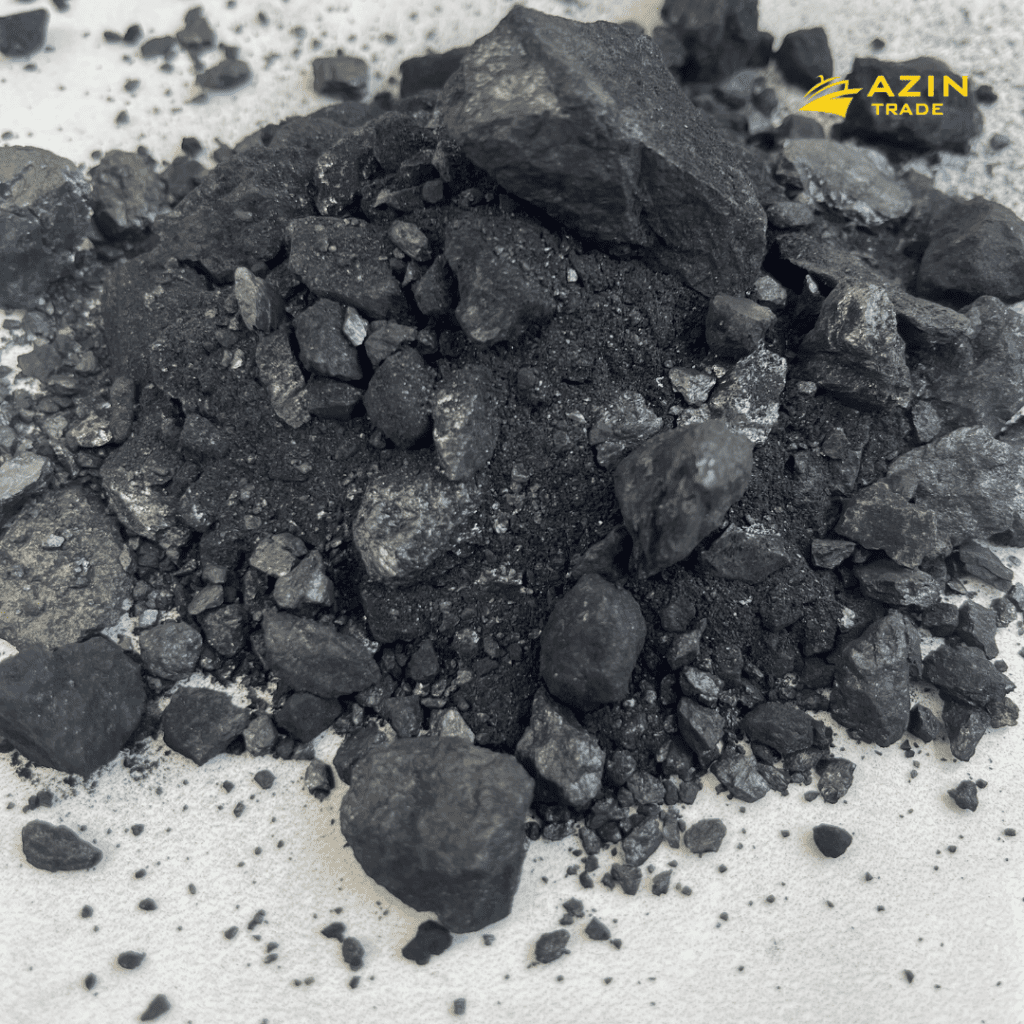
The Role of Coal in the Energy Landscape
Introduction:
Welcome to our website dedicated to coal, one of the most prominent sources of energy worldwide. In this post, we aim to shed light on the significance of coal in the energy landscape, its uses, benefits, and the challenges associated with its utilization. While the global energy mix is evolving, coal continues to play a vital role in meeting the world’s energy demands.
Historical Significance:
Coal has a rich history as a primary energy source, dating back centuries. Its use in powering steam engines during the Industrial Revolution marked a turning point in human progress. Coal has fueled the growth of economies, provided heat and electricity, and supported various industries worldwide.
Energy Generation:
Coal remains a major source of electricity generation in many countries. The combustion of coal releases heat, which is used to produce steam, driving turbines connected to generators. This process generates electricity on a large scale, providing a stable and reliable power supply to homes, businesses, and industries.
Abundant and Accessible:
One of coal’s notable advantages is its widespread availability. It can be found in numerous regions around the globe, making it a reliable source of energy for countries with limited access to other resources. Its abundance contributes to energy security and provides economic benefits by reducing dependence on imported fuels.
Economic Impact:
The coal industry has historically played a significant role in local economies, providing jobs and supporting communities. Mining, transportation, and power generation associated with coal contribute to employment and economic growth in regions where coal reserves are found. The industry’s presence often stimulates related sectors such as manufacturing, steel production, and transportation.
Challenges and Environmental Impact:
Despite its advantages, coal is not without challenges. The combustion of coal releases carbon dioxide (CO2), a greenhouse gas contributing to climate change. The mining process can have environmental impacts, such as land disturbance and water pollution. Efforts are being made to mitigate these issues through cleaner coal technologies and strict environmental regulations.
Transition and Future Prospects:
The global energy landscape is undergoing a transformation, with increased focus on renewable and cleaner energy sources. As the world strives to reduce greenhouse gas emissions and combat climate change, there is a growing shift towards cleaner alternatives. However, coal will likely continue to be used in the near term, and technologies like carbon capture and storage (CCS) hold promise for reducing its environmental impact.



